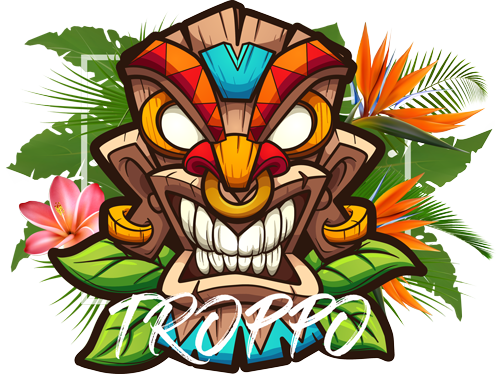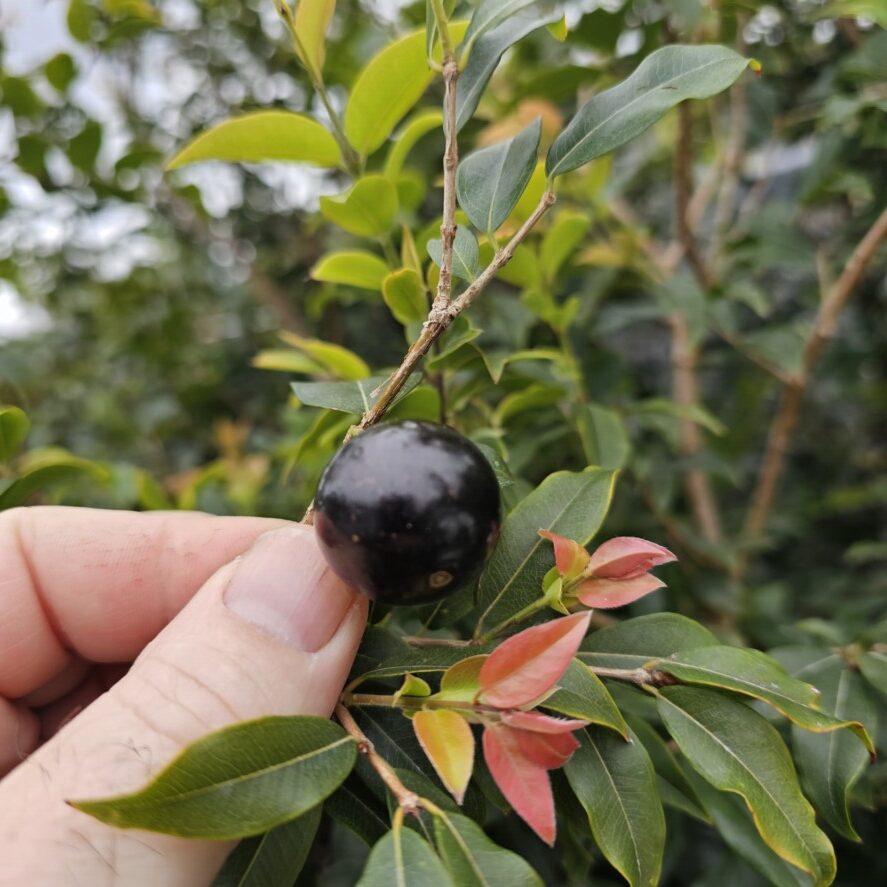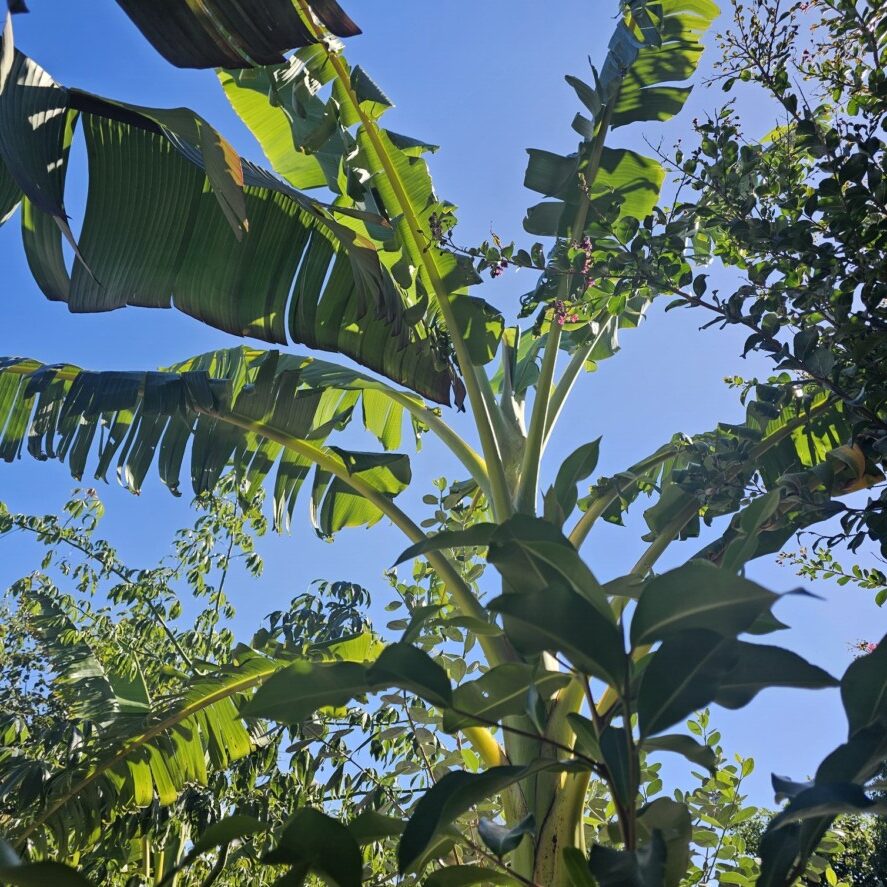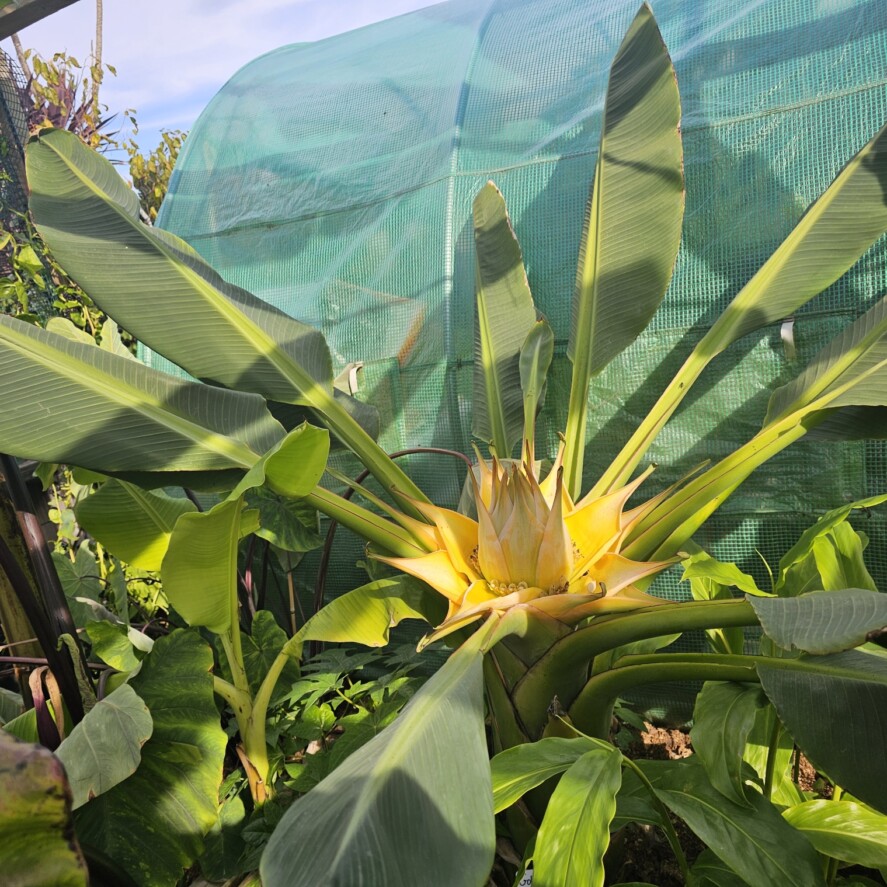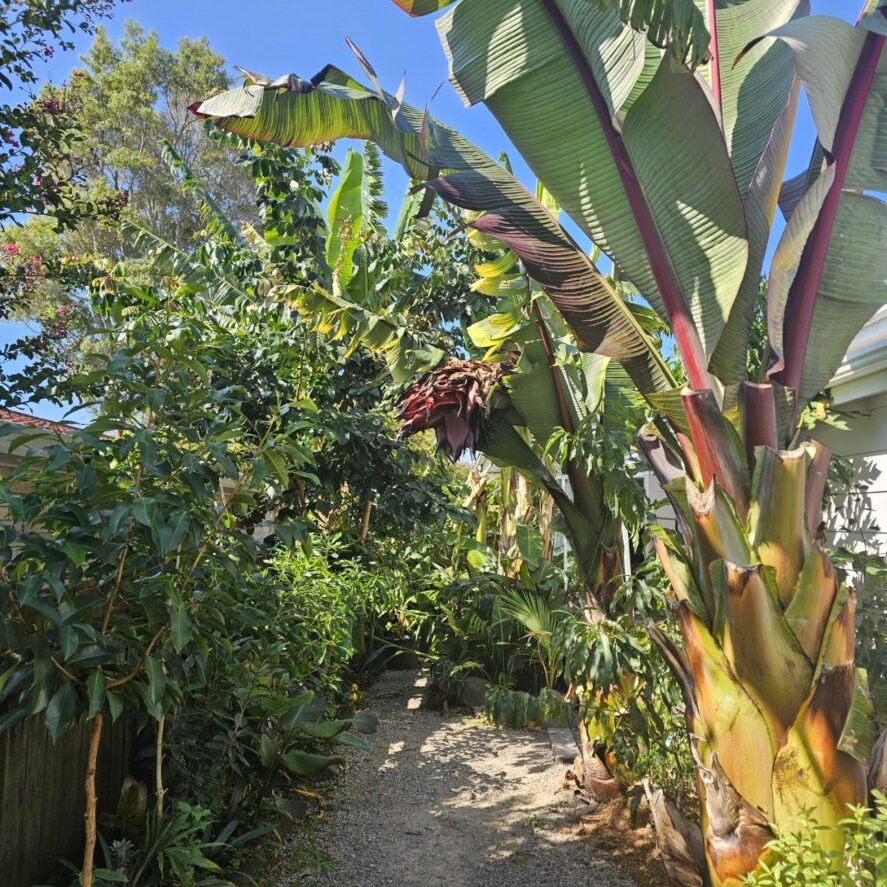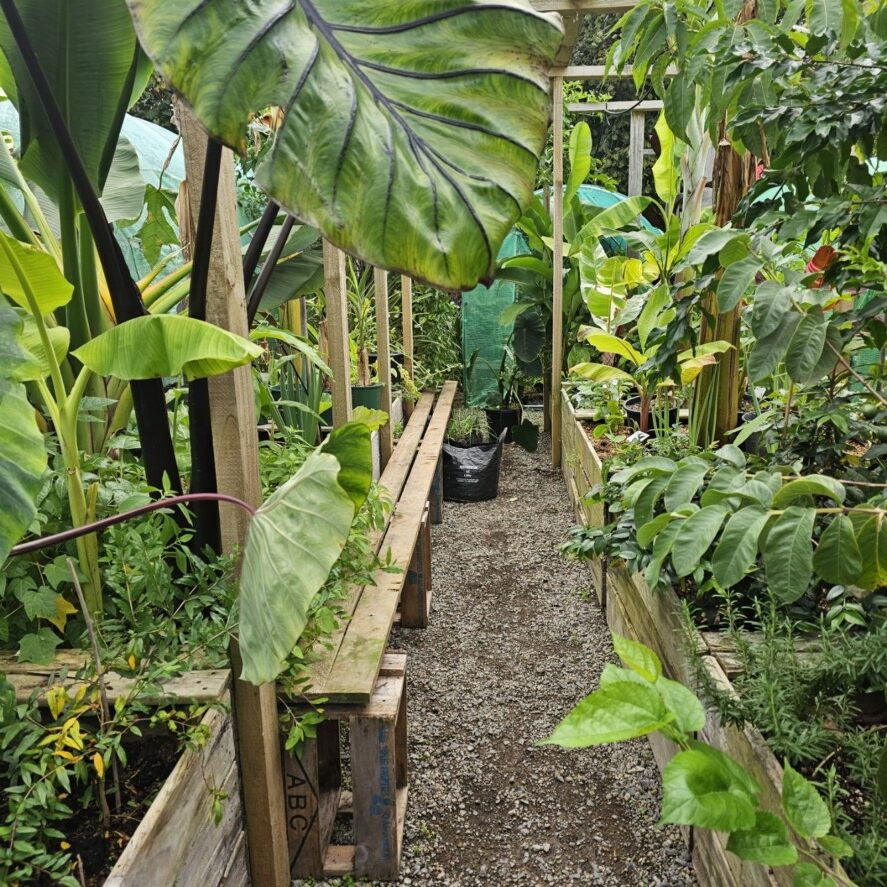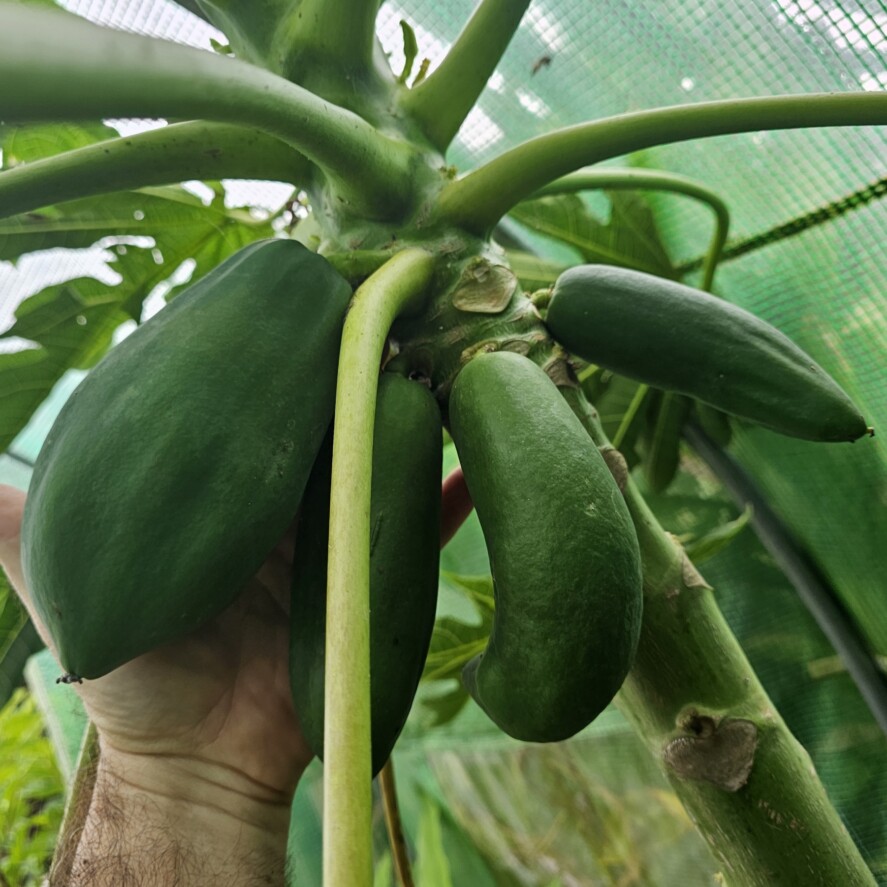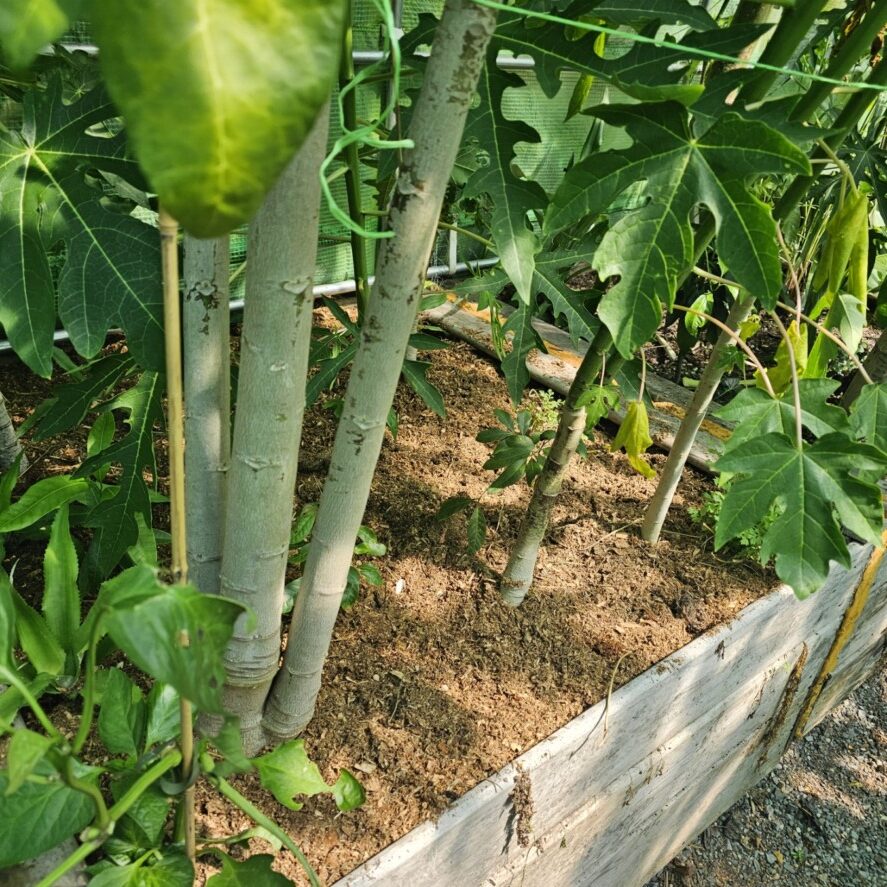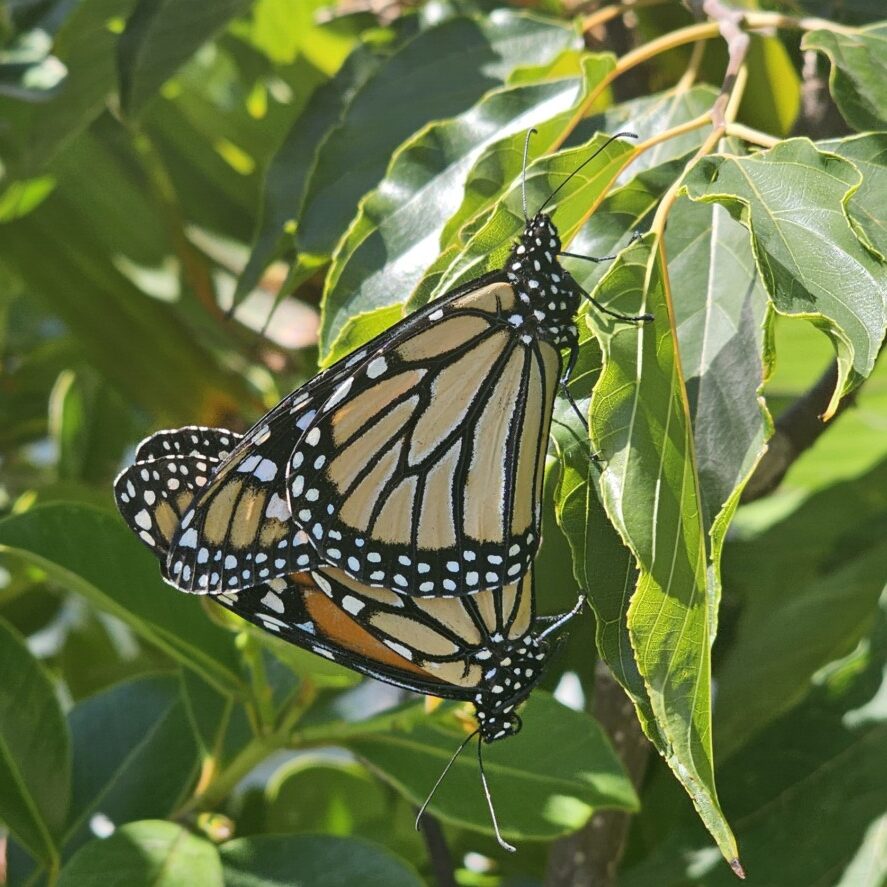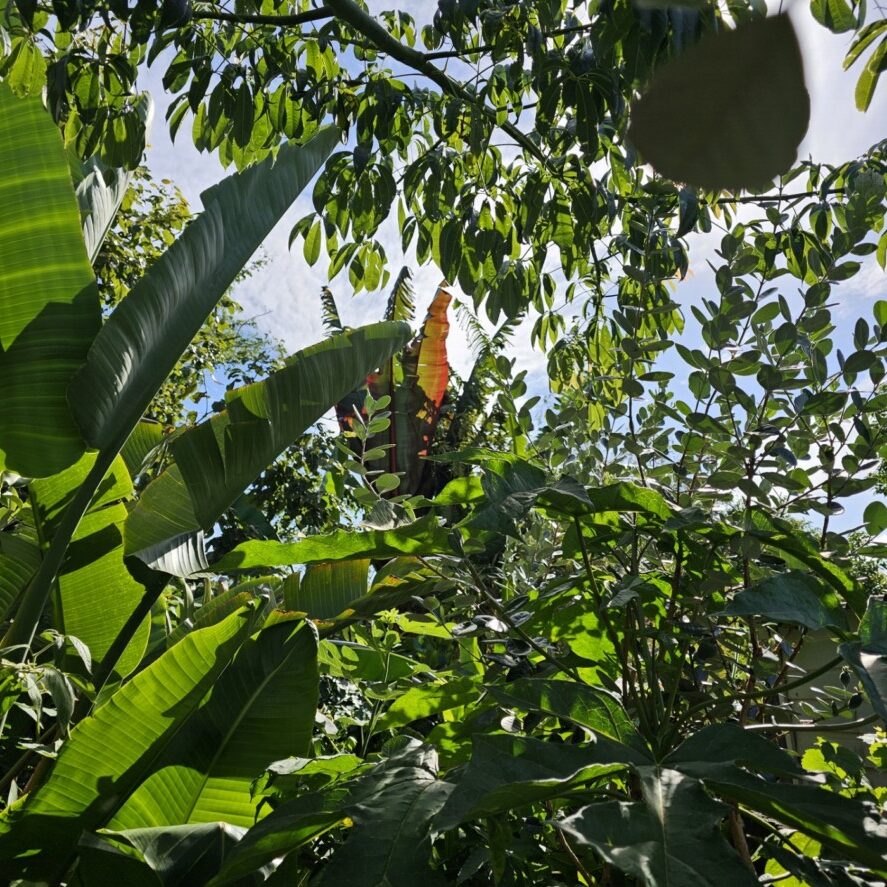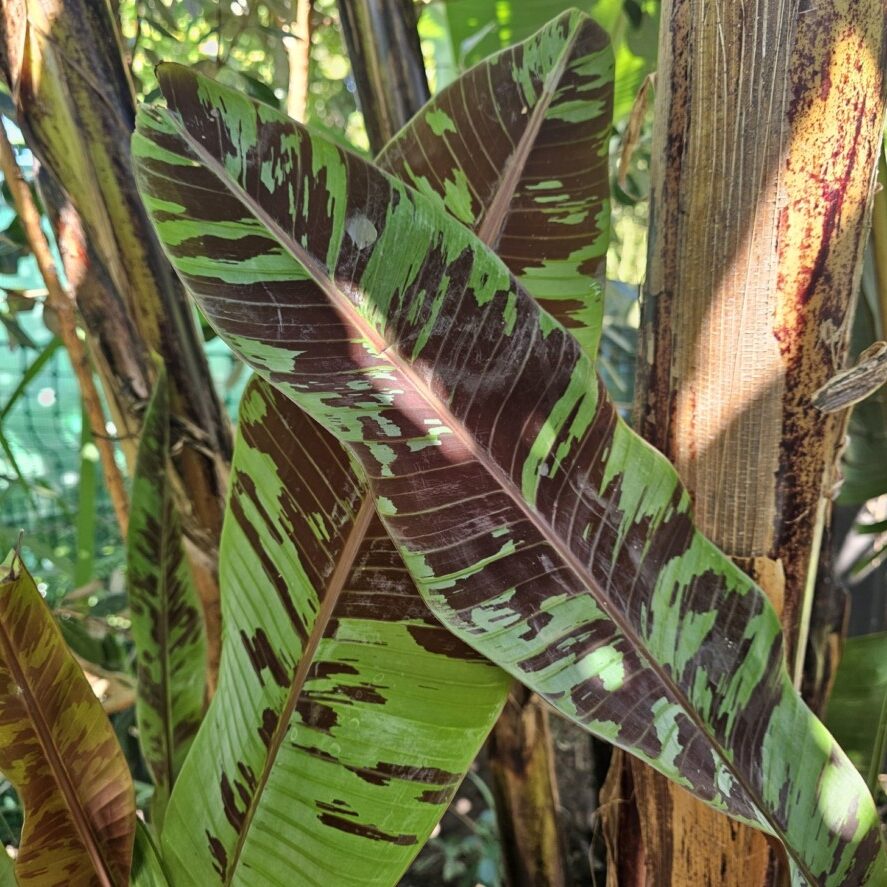-
Troppo Plant & Garden Articles
- Te Puke Region
- TROPPO’s Food Forest in Te Puke, BOP (www,foodforest.org.nz)
- Troppo’s Plant Collection
- TROPPO's Nursery Directory
- Food Forests of New Zealand (www.foodforests.nz)
- Nursery Map - Plant Suppliers of NZ Directory (www.nurserymap.nz)
- Kids Garden Corner
- New Zealand Garden Bird Survey
- New Zealand Garden Groups
- Delicious Recipes
Integrating Native Plants into Your Urban Food Forest for Enhanced Biodiversity

Welcome to the Troppo.nz blog! Today, we’re diving into a fantastic way to make your urban food forest even more vibrant and beneficial: by weaving in some of our amazing native New Zealand plants. You might be thinking, “Food forest? Native plants? Do they even go together?” The answer is a resounding YES! Integrating native species isn’t just about adding pretty greenery; it’s a powerful strategy for boosting biodiversity, attracting beneficial wildlife, and creating a truly resilient and thriving ecosystem right in your backyard.
What’s the Buzz About Biodiversity?
Before we dig into specific plants, let’s talk about why biodiversity matters. Simply put, biodiversity is the variety of life on Earth – from the smallest microbes to the tallest trees. A diverse ecosystem is a healthy ecosystem. It’s more stable, more resilient to pests and diseases, and better at providing essential services like pollination and nutrient cycling.
Think of your urban food forest as a little community. The more different types of plants and creatures you have, the more balanced and self-sufficient that community becomes. Native plants, having evolved in our unique environment, play a crucial role in supporting this balance.
Why Native Plants are Your Food Forest’s Best Friend
So, why specifically choose native plants for your urban food forest? Here are a few compelling reasons:
-
Attracting Native Wildlife: Our native birds, insects, and even lizards have co-evolved with our native flora. They rely on these plants for food (nectar, berries, leaves), shelter, and breeding grounds. By including native species, you’re essentially rolling out the welcome mat for a whole host of beneficial creatures that can help with pollination, pest control, and overall ecosystem health. Imagine tūī and bellbirds flitting through your fruit trees, or native bees busily pollinating your vegetables!
-
Enhanced Resilience: Native plants are adapted to our local climate and soil conditions. This means they are generally more drought-tolerant, require less artificial watering and fertilizing, and are better equipped to handle local pests and diseases. This reduces your workload and makes your food forest more sustainable in the long run.
-
Supporting Local Ecosystems: Even in an urban environment, your garden can be a vital stepping stone for wildlife. By planting natives, you’re contributing to the larger ecological network and helping to conserve our unique biodiversity.
-
Unique Beauty and Cultural Significance: New Zealand native plants offer a stunning array of textures, colours, and forms. From the delicate flowers of the kōwhai to the architectural elegance of the ferns, they bring a unique sense of place to your garden. Many also hold significant cultural value for Māori, adding another layer of richness to your food forest.
Integrating Natives: It’s Easier Than You Think!
You don’t need to transform your entire food forest overnight. Start small and gradually weave native plants into your existing design. Here are some ideas:
-
Understory Planting: Many native shrubs and groundcovers thrive in the dappled shade beneath fruit trees. Consider species like ferns (e.g., Asplenium species), native grasses (e.g., Poa species), or low-growing shrubs like Coprosma species. These can help suppress weeds, retain moisture, and provide habitat for ground-dwelling insects.
-
Hedgerows and Boundaries: Instead of traditional fences, think about creating living boundaries with native shrubs and small trees. Species like Pittosporum or Hebe offer a range of sizes and foliage colours, providing shelter and food for birds and insects while defining your space.
-
Pollinator Powerhouses: Attract native bees and other pollinators by planting nectar-rich native flowers. Kōwhai (Sophora species), rewarewa (Knightia excelsa – if you have the space), and various Hebe species are excellent choices.
-
Berry Bonanza for Birds: Include native berry-producing plants like karamu (Coprosma robusta), māhoe (Melicytus ramiflorus), and various Coprosma species. These provide a vital food source for native birds, especially during the leaner winter months.
-
Edible Natives (with Caution and Knowledge): While the focus here is on biodiversity, some native plants have edible parts traditionally used by Māori. However, it’s crucial to have accurate identification and knowledge of sustainable harvesting practices. Species like kawakawa (Piper excelsum) for tea or harakeke (Phormium tenax) for its nectar are examples, but always research thoroughly and harvest respectfully.
Choosing the Right Natives for Your Space
When selecting native plants, consider the following:
- Your local climate and soil conditions: Choose plants that are naturally suited to your area.
- The size and light levels of your food forest: Select plants that will thrive in the available space and light.
- Your goals for biodiversity: Think about which types of wildlife you want to attract and choose plants that provide the necessary food and shelter.
- Non-invasive species: Ensure the native plants you choose are not known to be invasive in your region.
Getting Started
Integrating native plants into your urban food forest is a rewarding journey. Start by researching native plants that are suitable for your area and your food forest’s conditions. Visit local nurseries that specialize in native species – the staff can offer valuable advice. Even adding a few well-chosen native plants can make a significant difference to the biodiversity and overall health of your urban oasis. Embrace the beauty and ecological benefits of our unique native flora and watch your food forest flourish!
#NativePlants #UrbanFoodForest #Biodiversity #NZNative #SustainableGardening #EcologicalGardening #WildlifeGardening #TroppoNZ #NewZealandFlora
